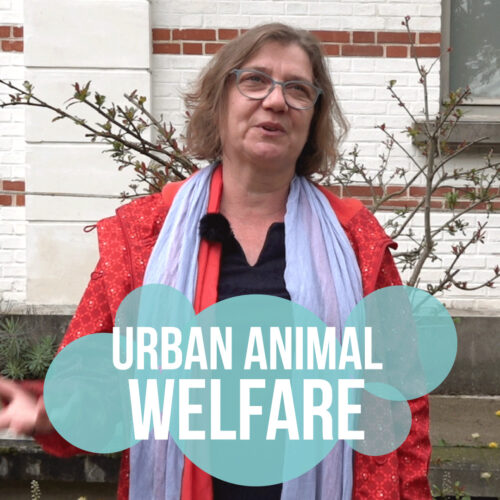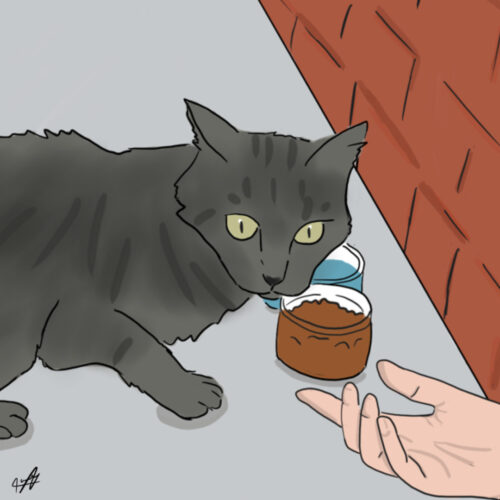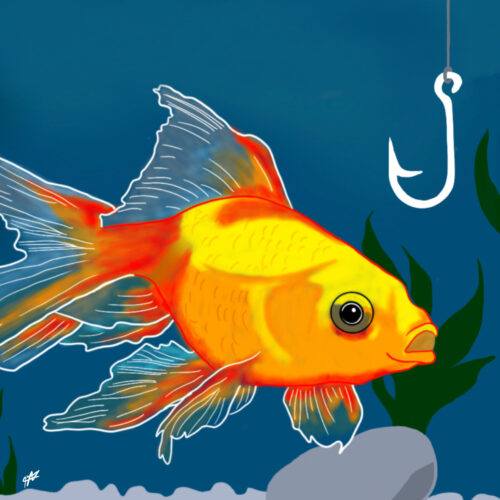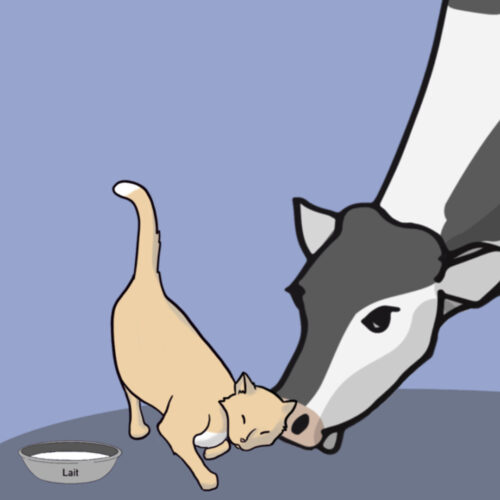
Animals are everywhere, even in highly urbanized areas! Some may be domesticated (like cats and dogs), but others are not and live with us and sometimes even off us: pigeons, coypu, sparrows, foxes, surmulots, etc. As they are not protected species or domesticated, they are not necessarily protected by law. They are even sometimes considered as “harmful” (although French law no longer uses the term and refers instead to “animals likely to cause damage”). Because urban animals are often seen as undesirable, especially when their population is high, cities implement campaigns to reduce their numbers (recuperation of stray cats, gassing of pigeons, poisoning of surmulots, trapping of foxes or coypu, etc.).
This competition for space between humans and animals in cities, and the question of how to take their welfare into account when managing their populations, is an increasingly debated issue, and one that research is taking up. We interviewed Ciska De Ruyver, a researcher in animal ethics, who is currently leading a research project on urban animals, focusing on foxes, cats, dogs and pigeons. She stresses the need to make city-dwellers more aware of the presence and behavior of urban animals, so as to ensure a better cohabitation.

In this project, we base ourselves on the animals’ point of view, not on what we, as humans, consider to be a good way of living together. [avec eux]

CISKA DE RUYVER
keep in mind
- Whatever the animal, it's necessary to look at the point of view of urban animals to understand how they perceive cohabitation with humans.
- In cities, there is a competition for space between humans and animals and it is necessary to think about space allocation, taking into account animal welfare.
- Raise city-dwellers awareness about presence and behavior of urban animals is essential so as to ensure a better cohabitation.

In this project, we base ourselves on the animals’ point of view, not on what we, as humans, consider to be a good way of living together. [avec eux]

CISKA DE RUYVER




